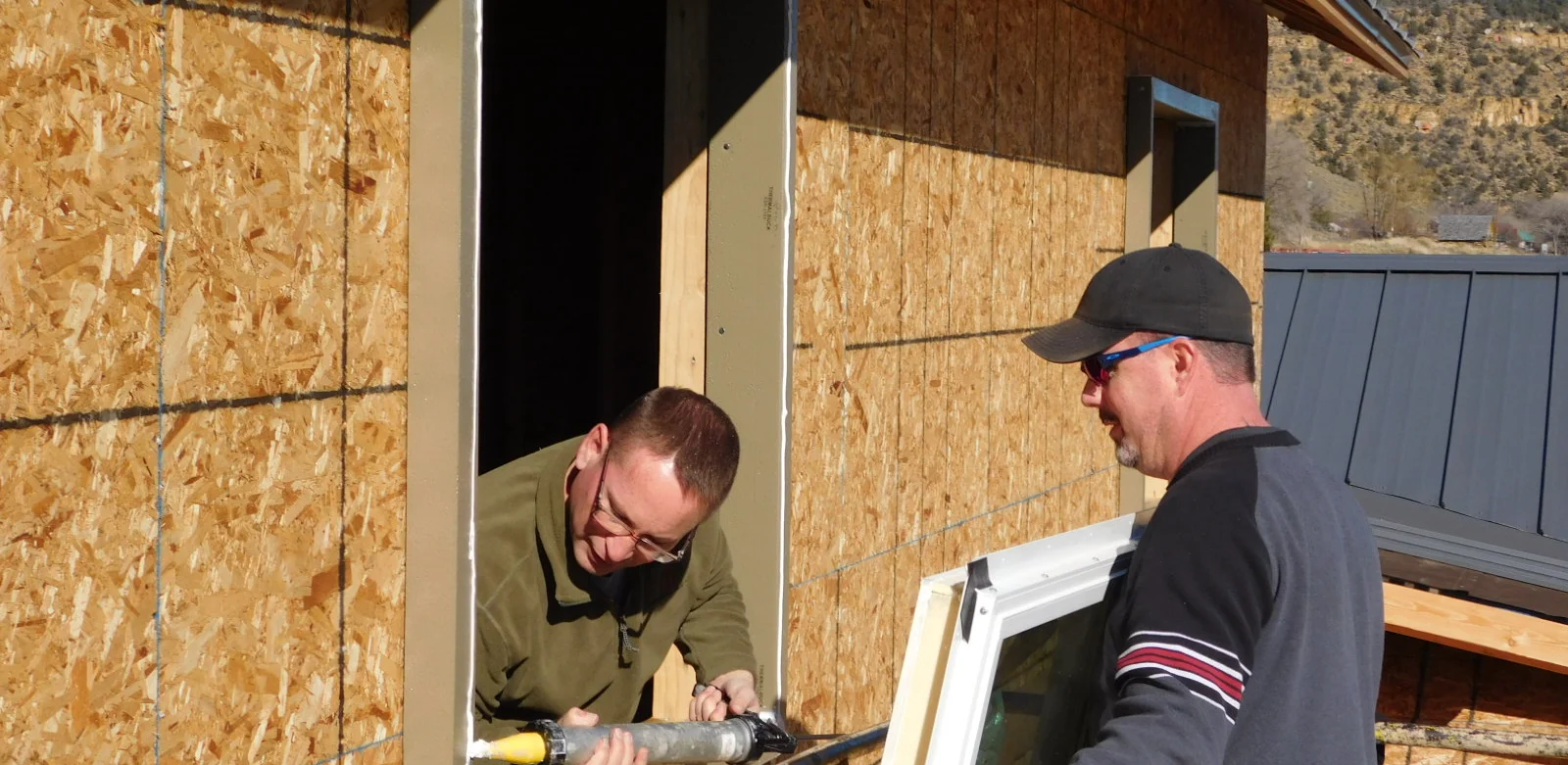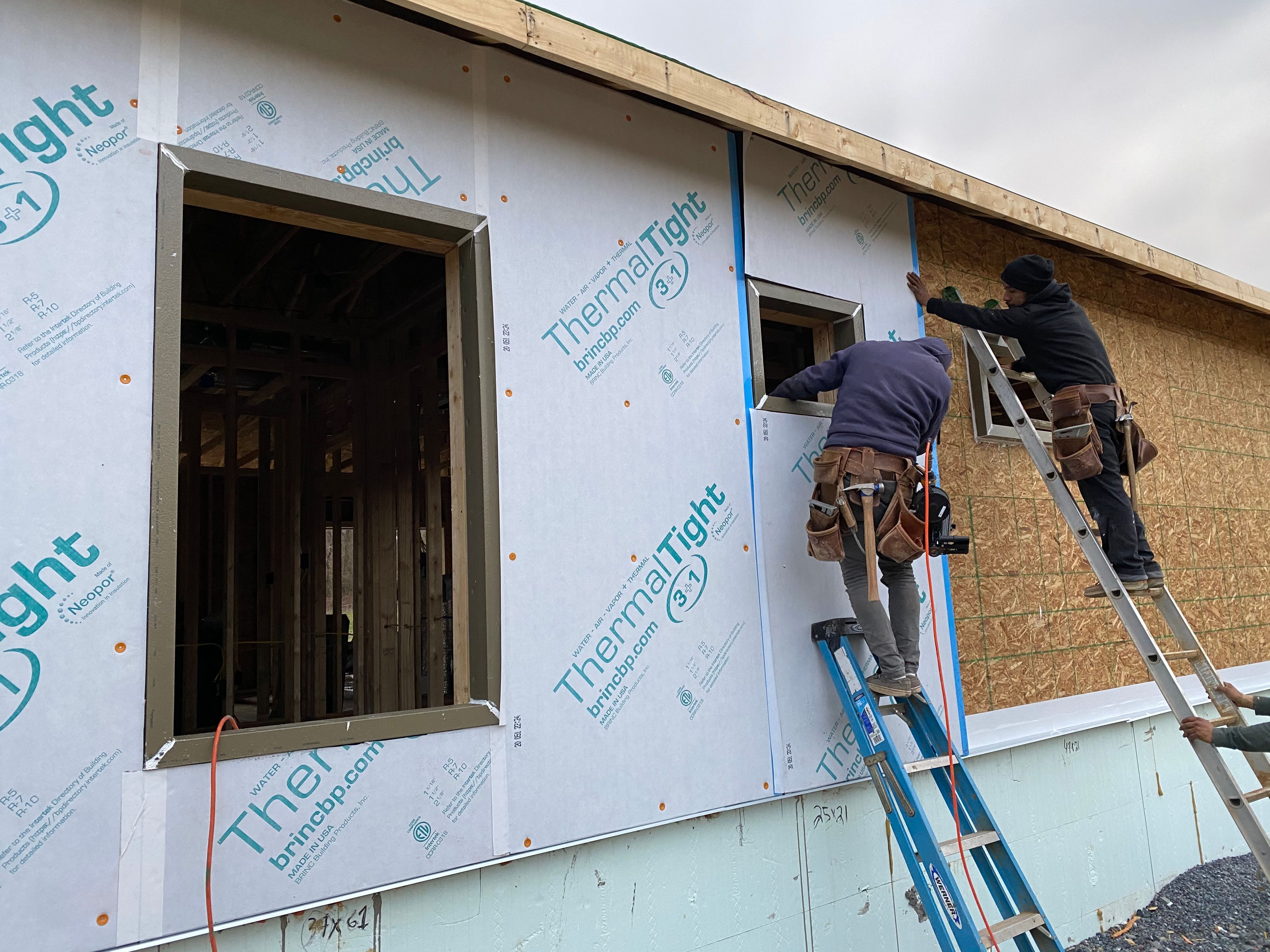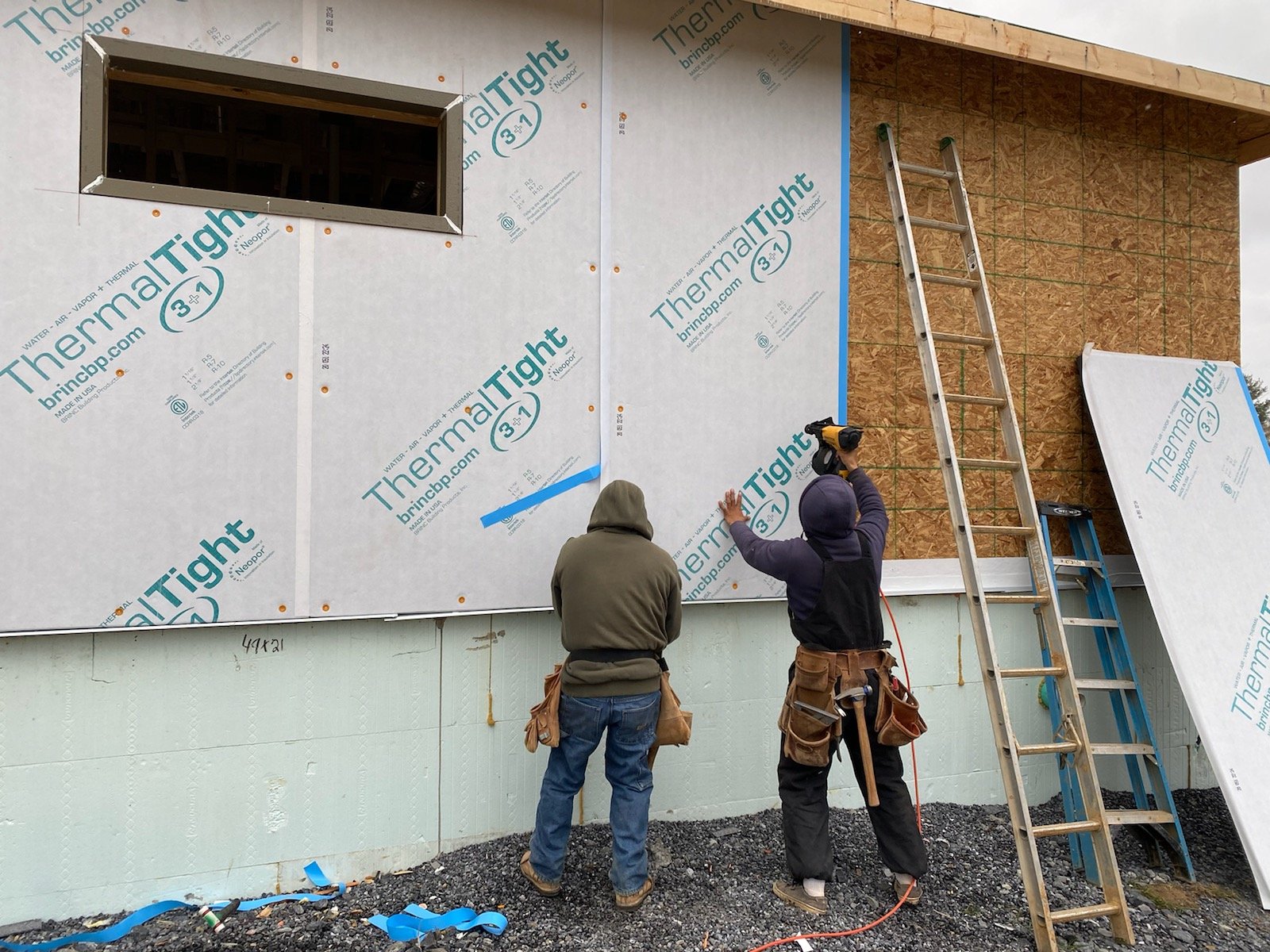2021 IECC: What Builders Need to Know

The International Energy Conservation Code (IECC) is a model code that sets minimum standards for energy-efficient building design and construction. The code is updated every few years to reflect new technologies and building practices, and the latest version, the 2021 IECC, was recently released. Builders need to be aware of the changes in the 2021 IECC to ensure compliance with the code and to take advantage of the benefits of energy-efficient building design. In this blog post, we will discuss what builders need to know about the 2021 IECC.
1. Increased Efficiency Standards
The 2021 IECC includes increased efficiency standards for many building components, including walls, roofs, and windows. For example, the code requires that walls have a minimum R-value of R-20, up from the R-13 requirement in the previous version of the code. Roofs must have a minimum R-value of R-38, up from R-30, and windows must have a maximum U-factor of 0.30, down from 0.32. These increased efficiency standards will result in buildings that are more energy-efficient and cost-effective to operate.
2. Tighter Building Envelope Requirements
The 2021 IECC also includes tighter building envelope requirements. The building envelope is the physical barrier that separates the interior of the building from the outdoor environment. The code requires that the building envelope be sealed tightly to prevent air leaks and drafts, which can increase energy use and reduce indoor comfort. The code also requires that insulation be installed continuously and that air barriers be installed at all exterior walls and roofs.
3. More Stringent Air Leakage Testing Requirements
The 2021 IECC includes more stringent air leakage testing requirements. Air leakage testing measures the amount of air that leaks in and out of a building through gaps and cracks in the building envelope. The code requires that builders conduct blower door tests to measure air leakage rates, and it sets maximum air leakage rates for buildings. These tests ensure that buildings are sealed tightly and that they meet energy efficiency standards.
4. Expanded Lighting Control Requirements
The 2021 IECC includes expanded lighting control requirements. The code requires that buildings have automatic lighting controls in certain areas, such as bathrooms, garages, and laundry rooms. The code also requires that lighting controls be installed in spaces with daylighting, such as windows or skylights. These controls help to reduce energy use by turning off lights when they are not needed.
5. Enhanced Mechanical System Efficiency Standards
The 2021 IECC includes enhanced mechanical system efficiency standards. Mechanical systems, such as heating, ventilation, and air conditioning (HVAC) systems, are major energy users in buildings. The code requires that HVAC systems meet minimum efficiency standards, and it sets requirements for air handling units, ducts, and ventilation rates. These standards ensure that mechanical systems are energy-efficient and cost-effective to operate.
6. Renewable Energy Requirements
The 2021 IECC includes optional renewable energy requirements. Builders can choose to include renewable energy systems, such as solar panels or wind turbines, to offset a portion of a building's energy use. The code provides guidance on the installation and operation of these systems to ensure that they are safe and effective.
As you can see, the 2021 IECC includes increased efficiency standards, tighter building envelope requirements, more stringent air leakage testing requirements, expanded lighting control requirements, enhanced mechanical system efficiency standards, and optional renewable energy requirements. Builders need to be aware of these changes to ensure compliance with the code and to take advantage of the benefits of energy-efficient building design. By following the requirements of the 2021 IECC, builders can create buildings that are more energy-efficient, cost-effective to operate, and comfortable for occupants.



